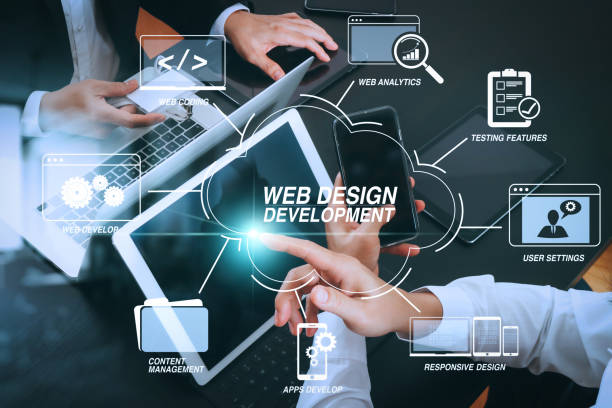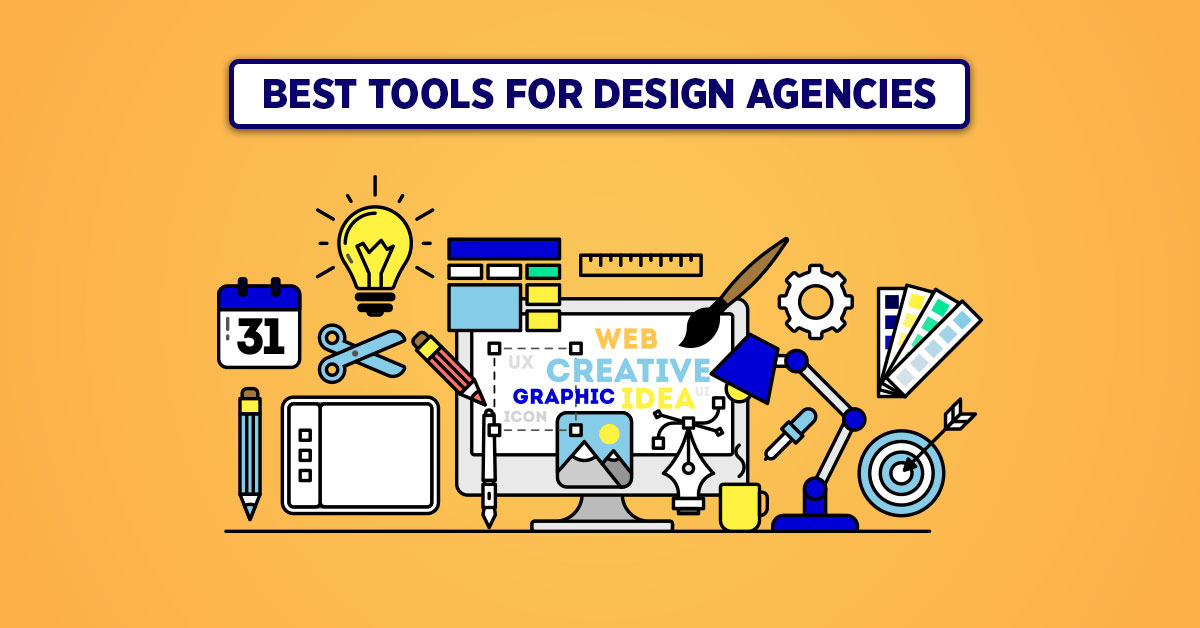Checking Out Different Sorts Of Internet Design to Improve Customer Experience
In the ever-evolving digital landscape, the expedition of diverse website design methodologies is critical for boosting user experience. From responsive structures that adapt perfectly throughout gadgets to minimal layouts that focus on simpleness and clarity, the options made in internet layout can exceptionally affect use and interaction. Incorporating interactive elements further enhances the user trip, making websites extra engaging and dynamic. How do these methods collectively contribute to a user-centric digital atmosphere that not only mesmerizes however additionally preserves users? The answer may depend on the nuanced balance between visual allure and functional availability.
Responsive Web Layout
In an era where digital usage goes beyond several devices, receptive internet layout has become a foundation of effective individual experience. This adaptability not only enhances visual charm however also boosts ease of access and navigation, essential for preserving customer involvement.
The application of RWD starts with a mobile-first approach, prioritizing the smallest screen size to guarantee functionality and aesthetic comprehensibility. By utilizing CSS media questions, designers can customize the site's look based upon the features of each tool. This guarantees that pictures scale appropriately, text continues to be understandable, and interactive aspects are conveniently available, consequently minimizing the demand for too much scrolling or resizing.
Moreover, responsive style adds to improved seo (SEARCH ENGINE OPTIMIZATION) by supplying a constant customer experience and minimizing bounce rates. Online search engine prefer mobile-friendly sites, making responsiveness an indispensable element of digital method. Fundamentally, responsive website design is indispensable for accommodating varied customer communications, cultivating a engaging and comprehensive on-line existence.
Minimalist Design Approaches
Minimal design's allure hinges on its capability to distill intricate info into its most crucial components, creating a user-friendly and minimalist individual experience. By focusing on simpleness, minimalist design gets rid of supplementary information, enabling users to concentrate on core web content and capability. This method is characterized by ample white area, clean lines, and a limited color palette, every one of which add to a cosmetically pleasing and effective user interface.

In addition, minimalist design supports quicker loading times, as less visual aspects and decreased material intricacy can lower the quantity of data called for to make a website. This effectiveness not just boosts individual satisfaction yet additionally adds to much better search engine optimization (SEO) rankings. Subsequently, minimal layout is not simply a stylistic choice yet a tactical approach that can considerably affect customer engagement and conversion rates.
Interactive and Dynamic Elements
Interactive and dynamic components are pivotal in improving individual involvement and producing memorable web experiences. These components consist of animations, float impacts, sliders, and real-time updates, which not just capture users' attention but additionally promote smooth navigating. By including these features, designers can transform static web pages right into interesting electronic environments that urge communication and exploration.
Animations, as an example, can assist customers via facility info without continue reading this overwhelming them, while hover impacts supply instant comments, boosting the customer's understanding of clickable areas. Web Design Gauteng. Furthermore, sliders allow individuals to check out material at their very own speed, and real-time updates make sure that info offered is relevant and current, keeping the customer's rate of interest

User-Centric Layout Strategies
A foundation of effective web style is the implementation of user-centric layout strategies, which focus on the demands and choices of the end customer over all else. By concentrating on the individual, designers can develop intuitive, accessible, and interesting experiences that improve complete satisfaction and drive communication.
One essential approach is functionality testing, which entails observing real individuals as they engage with the layout. This process determines discomfort points and areas for improvement, enabling developers to fine-tune the user interface about his iteratively. Integrating comments loopholes and agile techniques better ensures the style progresses abreast with individual expectations.
Furthermore, ease of access is an essential part of user-centric style. Ensuring that digital platforms are obtainable to all users, including those with disabilities, improves inclusivity and expands the prospective user base. This can be attained via compliance with Web Web content Ease Of Access Standards (WCAG) and the thoughtful application of style principles like contrast, navigation, and readability.
Inevitably, effective user-centric layout promotes a smooth link between the customer and the digital atmosphere, elevating total user experience.
Implementing Latest Design Fads
In the world of web design, staying abreast of the most recent layout fads is essential for creating practical and visually compelling anchor user interfaces that mesmerize users. Minimalist design, characterized by clean lines and ample white room, enables customers to focus on web content without unneeded diversions.

Additionally, incorporating the most recent typography trends, such as variable fonts, supplies adaptability and flexibility throughout different devices and display dimensions, guaranteeing consistency in customer experience. Dark setting layouts have actually gotten popularity due to their visual allure and energy efficiency on OLED displays. By purposefully executing these trends, web developers can develop innovative and straightforward web sites that resonate with contemporary target markets.
Final Thought
A comprehensive exploration of various web layout methodologies is essential for boosting user experience. By incorporating responsive design, minimal strategies, and interactive aspects, internet sites can guarantee optimum functionality and aesthetic appeal throughout varied gadgets. Stressing user-centric methods assurances ease of access and involvement, while integrating the most recent design trends cultivates a fascinating online environment. Ultimately, a well balanced and enlightened approach to website design significantly boosts user complete satisfaction and interaction, bring about boosted overall website efficiency and success.
In the ever-evolving electronic landscape, the exploration of diverse web design approaches is extremely important for enhancing user experience.A keystone of efficient internet style is the implementation of user-centric style techniques, which focus on the demands and choices of the end customer above all else. Guaranteeing that digital platforms are available to all users, consisting of those with disabilities, boosts inclusivity and widens the prospective user base.In the world of web layout, remaining abreast of the latest layout patterns is important for developing visually compelling and practical user interfaces that astound individuals (Web Design Gauteng).A detailed exploration of various internet design methodologies is vital for boosting user experience